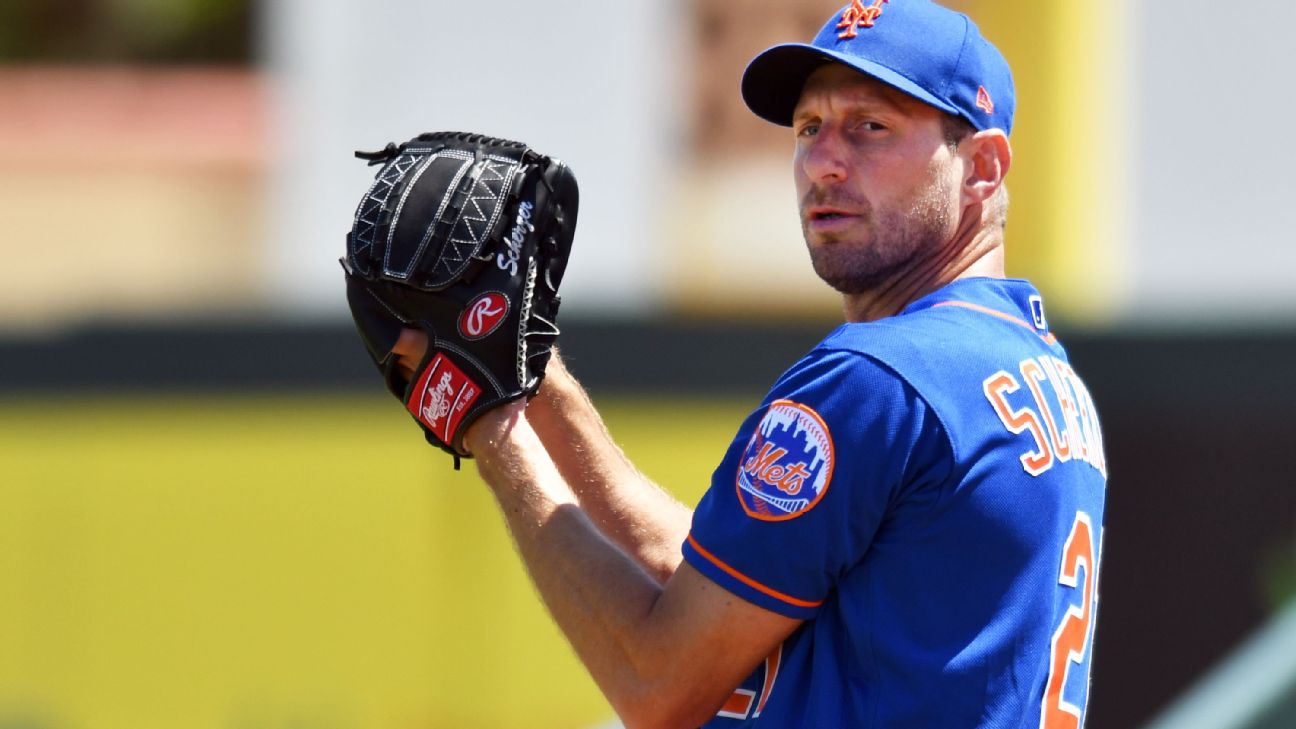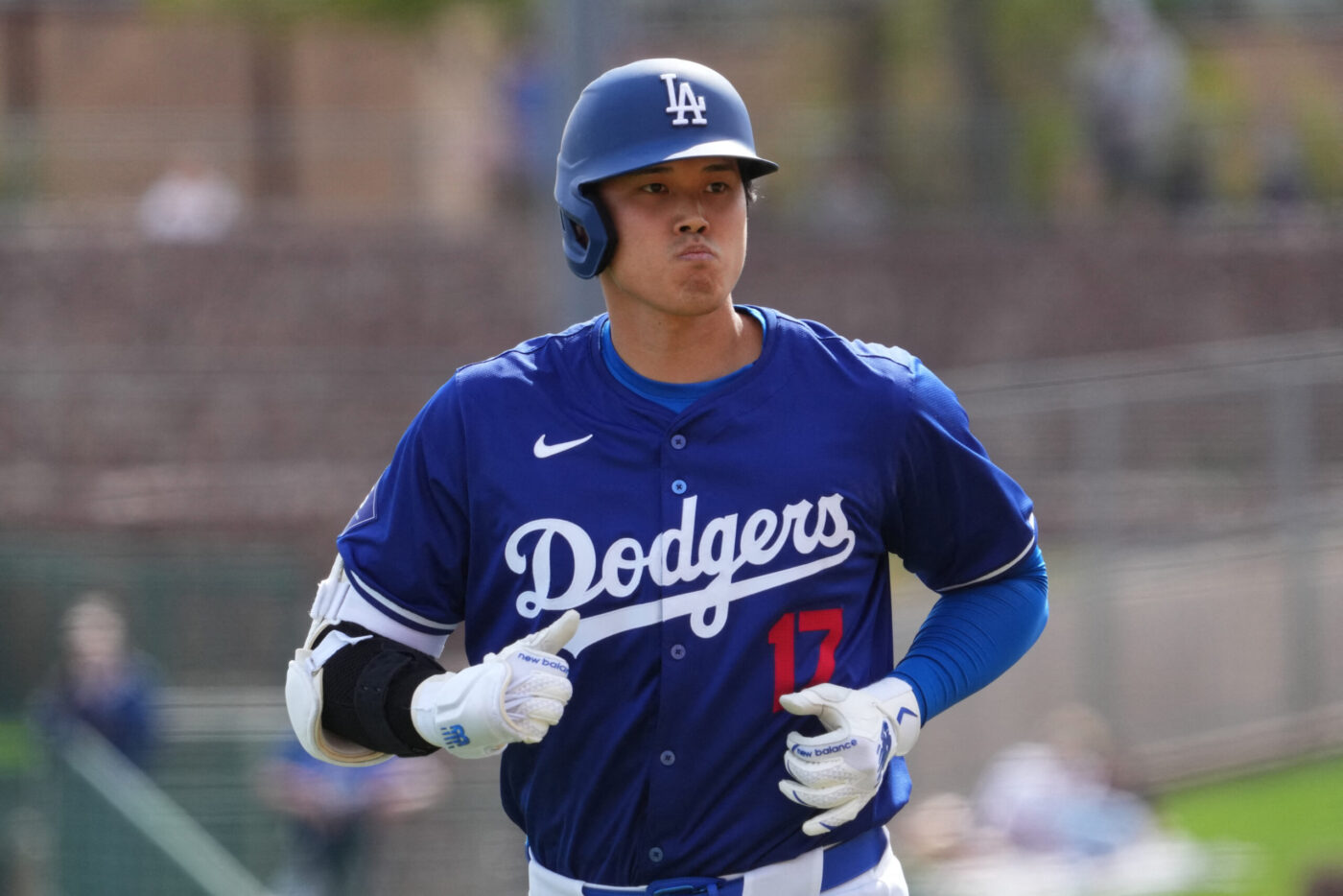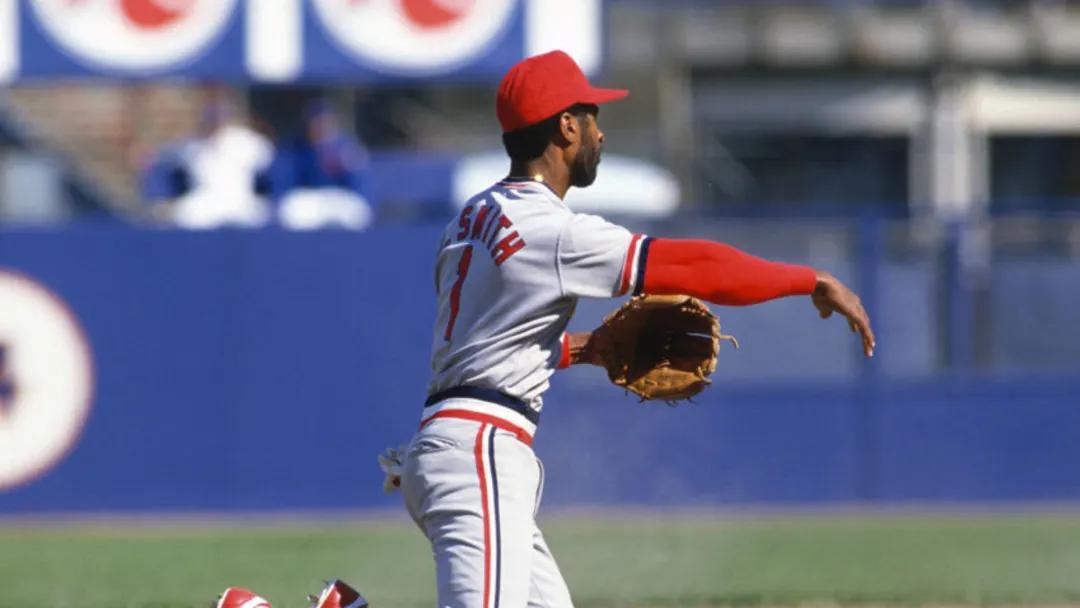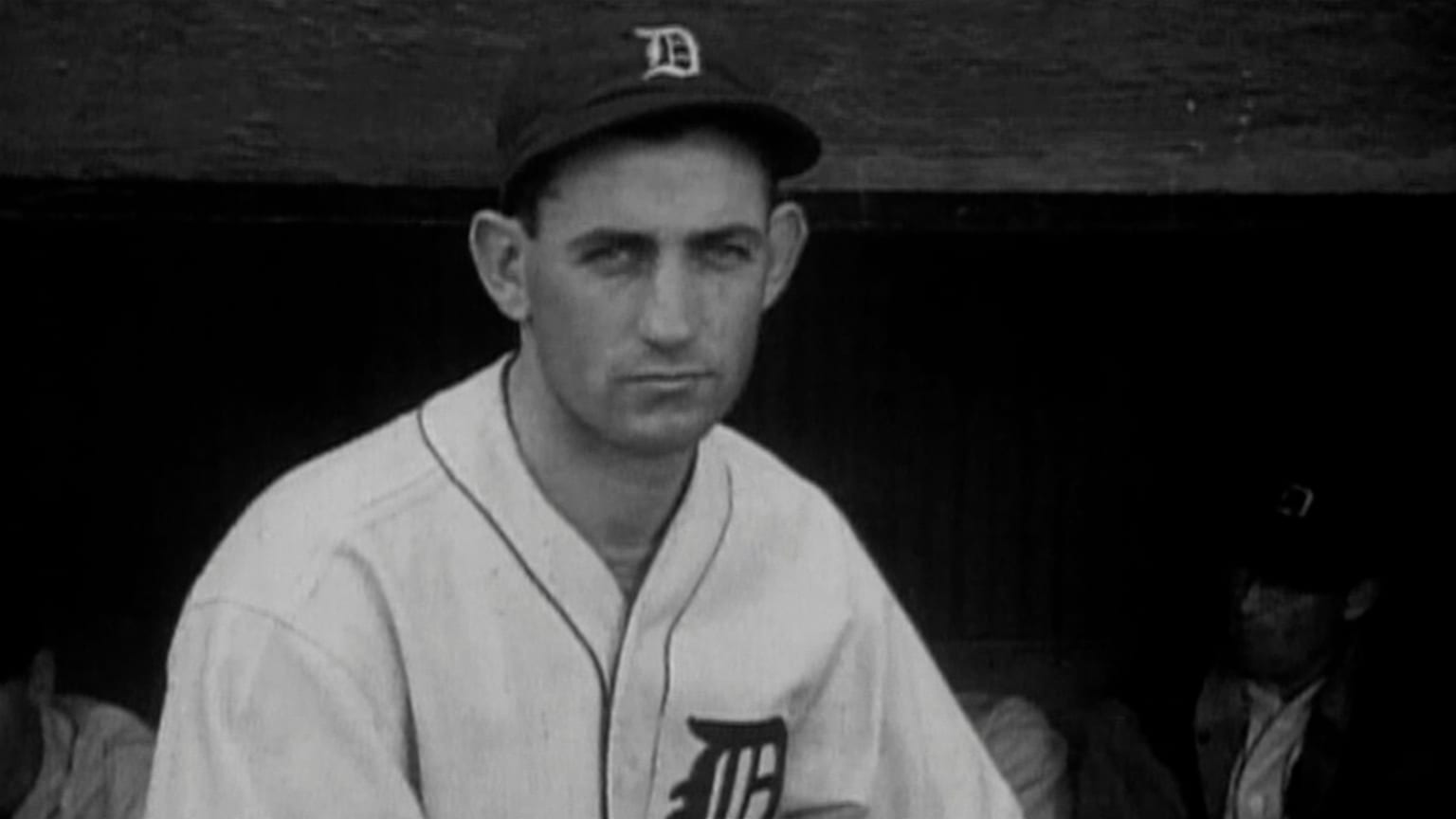Three new MLB rules are currently being tested in their Atlantic League, a minor league affiliate designated as baseball’s guinea pigs. While it’s normal for this experimental league to test out early-stage rules, this year’s set of new trial rules has garnered new attention thanks to the acclaim of the recent rule changes seen on the major league level.
These new MLB rules include restraining pitchers to one disengagement from the mound per batter, including throw overs to keep runners on base; inserting a designated runner position, where one player can run for one other throughout the game, in any situation; and the “double-hook designated hitter,” where a team would lose their DH position for the rest of the game if their starting pitcher didn’t make it through five innings.
Will any of these rules actually see the light of the big stage? Let’s discuss that and some other rules the MLB should consider below. If you want to hear more thoughts on these or hear some more new rule suggestions, check out the Playing Catchup Podcast here.
New MLB Rules Tested
Rule One: One disengagement per batter allowed for a pitcher
Will it work? No.
This rule is a simple limit tester for the newly adapted two-disengagement limit we’ve seen this year. I don’t mind pushing this envelope, but I feel like we’ve found our sweet spot with two disengagements. We’re already seeing an increase in steal rates, and game times shortened, both sought improvements from this rule.
While limiting disengagements further could be an even bigger boone in these areas, it might stack things too far in the base runner’s favor. One, it really limits the mistakes of a pitcher and could result in further errors and violations, which I think most fans would agree we’d like to avoid. And second, while I like the idea of steals increasing, I don’t love the idea of it becoming a free effort. We’re seeing near-perfect steal rates this season for steals after the pitcher uses up their disengagements so far, and this is fine in small samples, but we want steals to be a strategy and not just a formality once a pitcher throws over one time.
So with that said, this isn’t a malicious rule, but it just seems to be an unnecessary direction most likely.
Rule Two: A Designated Pinch Runner
Will it work? Yes.
This rule already is a staple of high schools everywhere, and the question isn’t if it can happen, but rather if it should. For my argument, I think it could add another dimension of strategy and complexity to the game with very few cons. The major concern I’ve heard about this suggestion can be worked out in the fine-tuning of the rule. Sure, it may result in a roster spot going to a more specialized player, but I do think it’ll come with an additional roster spot, and until then, it can still be used to get more use out of your defensive bench specialist.
Mainly, I love the strategy of who you would pair the DPR with, and how that impacts the game. Do you allow them to choose in the game who it’s attached to or do you need to announce ahead of the game? Either way, I don’t think the game is harmed by not making your catcher or DH run, and we get to pay one more guy and see more steals. I think this rule is going to end up working out for sure, it’s just a matter of fine-tuning.
Rule Three: The Double Hook DH
Will it work? Not as written.
Hear me out, this won’t ever see the majors, but I like the intent of this rule enough that I think it’s worth entertaining. My personal disposition is that I really love seeing our starting pitchers matter more in the game, and stretching them out is something worth pursuing. Not only does this help promote a very unique position in sports and put it back on a pedestal, but it might in a roundabout way put some scoring back in the game as well. Having starters go longer will increase the value of your team’s studs in the rotation, and could force some teams to leave players in longer than they’d like, which will result in more scoring. With the science of the pitching game today, and some of the elite bullpens out there being untouchable on most nights, I like the idea of incentivizing or forcing a team to put more burden on that starter.
The whole nature of this rule though has two major flaws. First, the consequence of this rule stinks. It’s not fun for pitchers to hit, and seeing a bunch of pinch-hitting or pitchers bunting is not what we are hoping for. And while we want more starters to stay in, we don’t want more bad pitching, right? 13-0 games aren’t as fun, so there has to be a way to get those awful starters out without having such a terrible consequence in terms of watching the game. Second, you can’t have a rule like this without forcing teams’ hands, and by that measure, risking putting players’ safety at risk by asking them to push boundaries without much wiggle room for extenuating circumstances.
So, I do love the heart of this rule, but I think it’s got way too many flaws to work out. However, some of our rules below could maybe get to the heart of this rule change in a better way.
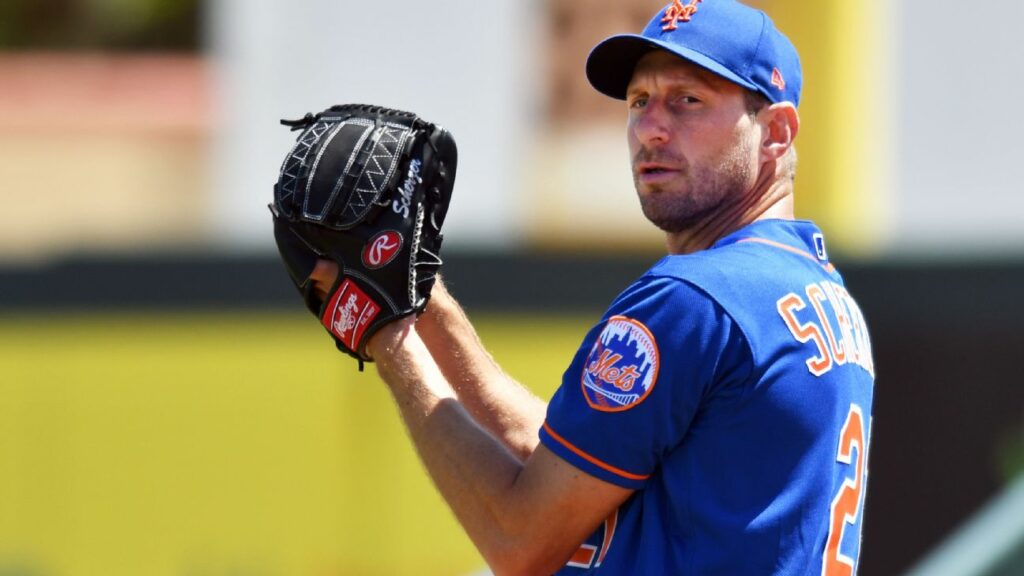
New MLB Rules Suggestions
The Problem: Starting pitchers not making it far enough into games consistently
A possible solution: In a five-game stretch, over half of your innings pitched (excluding extras) must be thrown by the starting pitcher of that game, or you will lose a roster spot for your next five games.
Okay, so I’m unsure of the consequence of this rule, and the timetable of measuring the innings could also be altered. But I feel like a roster spot is a big enough stick that we get our desired result, while also being watchable for fans and doable for teams if they do fall short of that mark. I also think five games for the typical five-starter rotation makes sense and is flexible for weeks where teams have a low number of games or vice versa. My goal here is to see more innings from the best starters, and still give teams strategic flexibility. The Yankees don’t want Herman to go five that day? Fine, Cole will go seven tomorrow. We see our aces in longer and still leave wiggle room for our younger, or lower-end starters to have an out. The other caveat here would be games where the starter leaves due to medical need do not count to the average, but that starter must miss their next scheduled start.
Not a realistic rule perhaps, but maybe it gets us our desired outcome without changing the game much.
The Problem: Teams manipulating calling up players from their farm system to avoid their major contract time starting.
A possible solution: A team’s top three rated prospects in Triple-A will have their major league contract start one year after debuting in Triple-A even if they haven’t been called up to the majors at that time, barring injury.
Okay, the logistics of this are a nightmare. We’d have to adjust how prospects are rated, there would have to be specifics inserted on when these times start and how injuries would impact it, and I’m sure owners will find a way to weasel out of this limit as well. But my intent is this: let’s get our best young players into the league, and let’s get them paid. My hope is this makes it so our best players have more control over their careers, teams are incentivized to speed up their rebuilds, and it stops us from sending people up and down to manipulate these contracts.
It’s not a perfect solution, but I think with some fine-tuning from smarter people, this could have legs. There has to be a way to help the dudes we all know are studs not be so manipulated by teams before they ever have a chance to negotiate.
The problem: Extra innings putting a runner on second-base to help end games sooner.
A possible solution: If a game in the regular season is tied after 11 innings, it will end in a tie.
There are 162 games. A few ties won’t hurt anything in a sports season this long. Adding a runner on second is trying to gimmick something just because we’ve decided ties suck. They don’t, they’re just not as good as winning. Keep the games shorter, save bullpens, but keep the game the same. Ties being worth half a point in the standings will add some complexity to the game without really costing anything.
Let’s be honest, we would all get over this rule change in about a year. We saved the simplest for last, but it might also be the best. Swallow your pride baseball, and stop trying to fix what isn’t broken. In this case, the simplest solution is best.
Follow us on all of our social channels! Check out our Twitter, Facebook, YouTube and TikTok for more great FlurrySports content.

